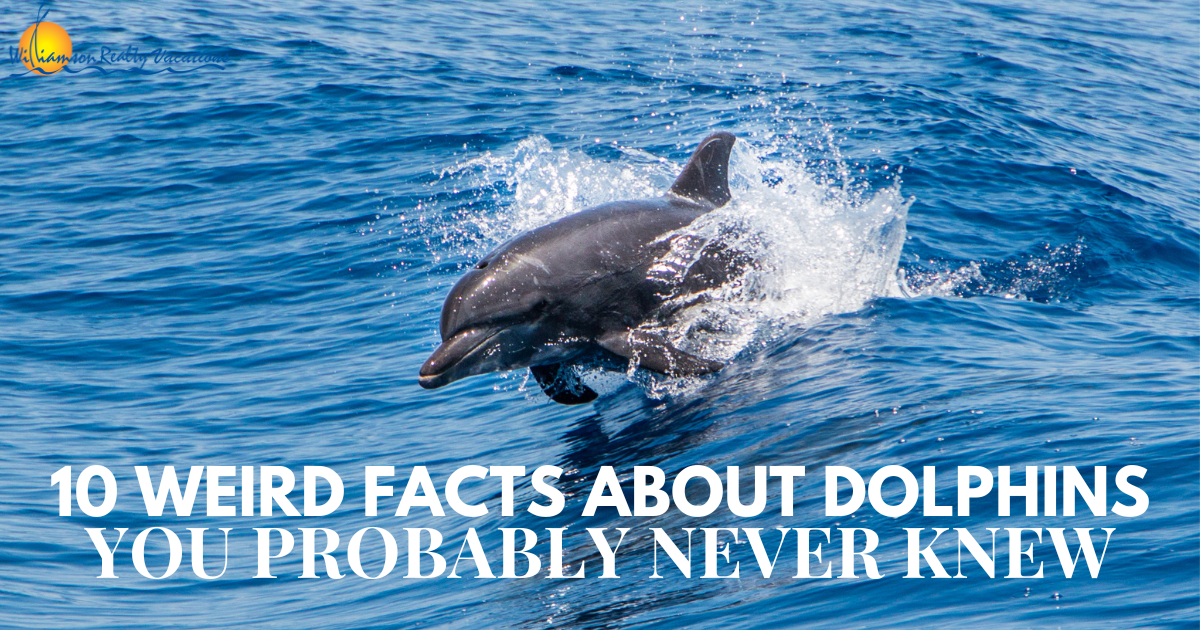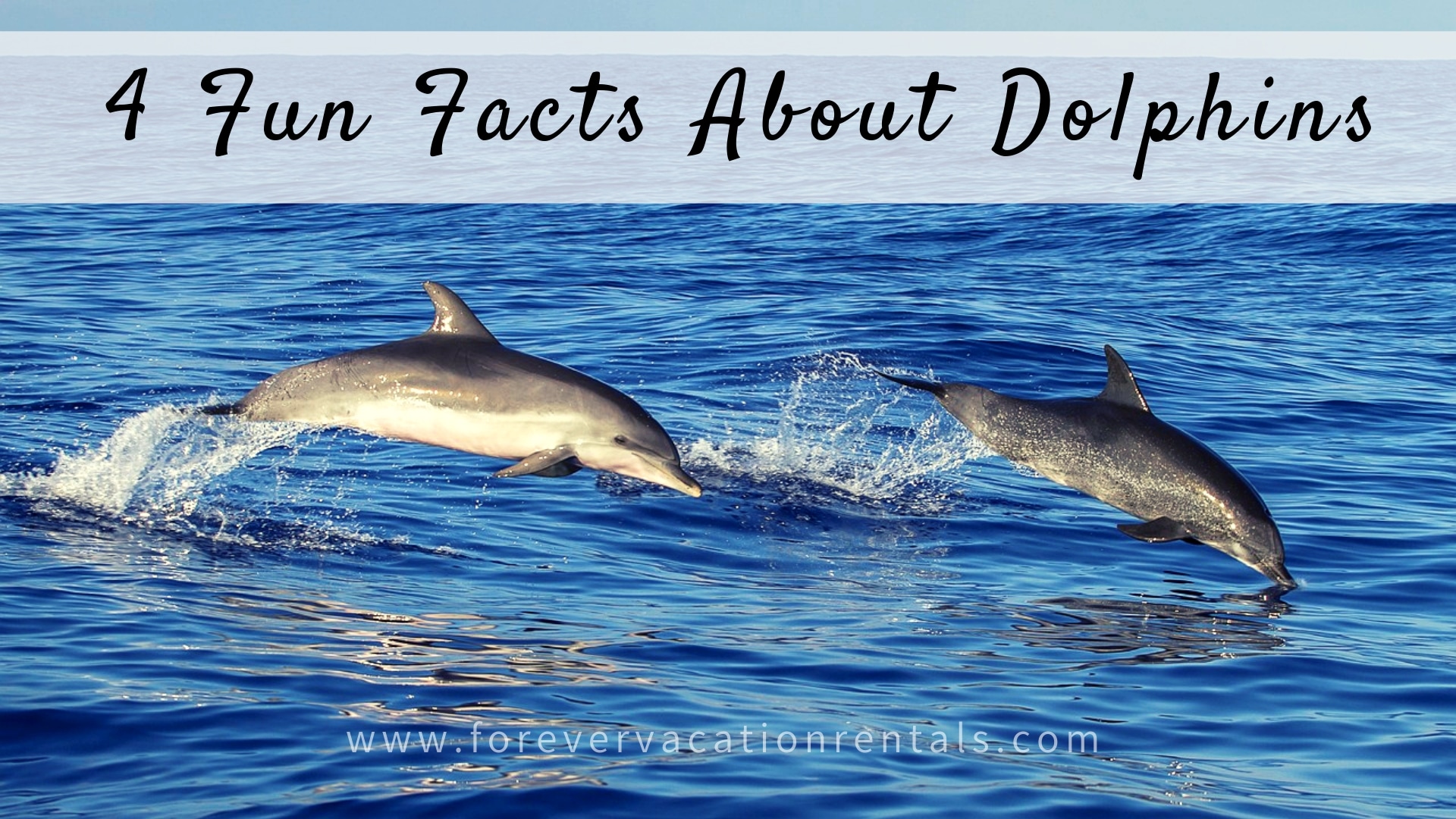Discover Fascinating Dolphin Facts That Will Amaze Your Close Friends
Unveiling Dolphin Details: Nature's Intelligent Marine Mammals
Dolphins, often considered among the ocean's most smart occupants, exhibit an interesting range of habits and social structures that require closer examination. With over 40 distinctive species, these aquatic animals not only show remarkable communication skills and complex social interactions yet also possess advanced cognitive capacities that challenge our understanding of non-human knowledge. Dolphin Facts. As we discover the subtleties of their lives, one have to think about how these traits affect their communications with humans and journalism relevance of conservation. What implications do these understandings hold for our partnership with these phenomenal creatures?
Dolphin Variety Diversity
Dolphins are a varied team of aquatic animals coming from the family members Delphinidae, which encompasses over 40 distinct types. This family members includes widely known varieties such as the common bottlenose dolphin (Tursiops truncatus), the orca or killer whale (Orcinus whale), and the risso's dolphin (Grampus griseus) Each varieties shows special physical features, actions, and adjustments that allow them to prosper in numerous aquatic atmospheres.
Dolphin types vary substantially in dimension, ranging from the small Maui's dolphin (Cephalorhynchus hectori) at around 1.2 meters to the whale, which can reach sizes of as much as 9 meters. Their coloration additionally varies, with some varieties presenting striking patterns that aid with camouflage or social signaling. Additionally, dolphins populate varied environments, from seaside regions and estuaries to the open sea, showcasing their adaptability.
Research study right into dolphin species diversity highlights the ecological value of these animals, as they play important duties in marine communities. Recognizing the numerous types is essential for preservation efforts, as numerous deal with dangers from environment loss, air pollution, and environment modification, necessitating targeted security procedures to ensure their survival.
Social Frameworks and Habits
The intricacy of dolphin species is mirrored in their complex social structures and behaviors. Dolphins are known for their highly social nature, commonly creating teams called capsules, which can vary from a few individuals to over a hundred. These capsules are typically composed of member of the family, showcasing a matrilineal framework where women play a main duty in keeping social bonds and nurturing spawn.

Furthermore, some species of dolphins, such as whales, demonstrate complicated social habits that can include sub-pods or clans with unique social practices. These social frameworks are vital for the survival and wellness of dolphin populations, as they promote communication, cooperation, and the transmission of expertise throughout generations. Recognizing these social dynamics is important for preservation initiatives and the security of their natural habitats.
Interaction Strategies
Among the various techniques of communication, dolphins use an advanced selection of communication techniques that promote social cohesion and coordination within their capsules. These strategies encompass articulations, body movement, and echolocation, each serving distinctive features in their social interactions.
Dolphins create a large this page range of clicks, whistles, and pulsed noises, which work as their main vocal communication. Each dolphin has a special trademark whistle, similar to a name, that allows people to determine each other even in large groups. These vocalizations can share different messages, such as signaling others to danger or working with group motions throughout hunting.
Along with articulations, body movement plays an essential function in dolphin communication. Dolphin postures, such as jumping, rotating, or even refined shifts in orientation, convey emotional states and objectives. For instance, hostile display screens might deter opponents, while playful habits can enhance social bonds.
Echolocation, an organic finder system, further help in navigation and searching. By producing sound waves and interpreting the returning echoes, dolphins can locate victim and challenges efficiently, demonstrating their remarkable adaptability in intricate marine atmospheres. Jointly, these communication methods highlight the intricate social lives of dolphins, highlighting their knowledge in browsing their underwater world.

Intelligence and Problem Fixing
Identified for their sophisticated interaction abilities, dolphins likewise exhibit remarkable intelligence and analytic capacities that additionally boost their social interactions. Their cognitive abilities are shown by their ability to find out intricate jobs, comprehend abstract concepts, and adjust to numerous ecological difficulties. Study has actually shown that dolphins can resolve intricate problems, showing not just their cognitive versatility yet likewise their capability for preparation and insight.
Dolphins commonly involve in participating hunting strategies, showcasing their capacity to function as a natural unit. This teamwork needs innovative analytical skills, as they need to assess their setting, recognize possible target, and collaborate their activities to accomplish a knockout post a typical goal. Additionally, dolphins have actually been observed using devices, such as marine sponges, to secure their snouts while foraging on the sea floor, additional exhibiting their innovative analytic capabilities.

Human-Dolphin Communications
Human-dolphin communications have actually mesmerized scientists and fanatics alike, highlighting the complex relationship in between these intelligent marine webpage creatures and people. From old times, dolphins have been shown in art and folklore, symbolizing harmony and knowledge (Dolphin Facts). Modern communications vary from scientific study and preservation initiatives to entertainment activities like dolphin enjoying and swimming with dolphins
Research has demonstrated that dolphins possess progressed social structures and communication skills, which facilitate their communications with humans. These experiences often promote psychological connections, with numerous people reporting feelings of joy and empathy during such experiences. It is important to come close to these communications with caution, as human tasks can interrupt dolphin behaviors and environments.
Conservation campaigns significantly focus on promoting accountable communications, making certain that human interest does not endanger dolphin welfare. Education programs aim to elevate awareness regarding the eco-friendly value of dolphins, highlighting the need for lasting techniques. By understanding the complex characteristics of human-dolphin communications, we can promote a respectful coexistence that benefits both types and maintains aquatic environments for future generations. Ultimately, these communications act as a suggestion of the extensive links that can exist in between humans and the all-natural globe.
Verdict
In recap, dolphins exemplify impressive intelligence and adaptability within diverse aquatic settings. Their elaborate social frameworks, advanced interaction techniques, and problem-solving capacities highlight the complexity of their behaviors. Human communications with these aquatic animals highlight the significance of responsible conservation efforts to guarantee their survival and the protection of their habitats. Proceeded research and understanding are vital for promoting a deeper understanding of dolphins and advertising their welfare in a progressively intimidated community.
Dolphin species differ considerably in dimension, ranging from the little Maui's dolphin (Cephalorhynchus hectori) at roughly 1.2 meters to the whale, which can get to lengths of up to 9 meters. Dolphins show a selection of social interactions, consisting of brushing and physical contact, which serve to strengthen partnerships and develop hierarchies.
Recognized for their innovative communication skills, dolphins also show amazing knowledge and analytic abilities that additionally improve their social interactions. Modern interactions range from scientific research and preservation efforts to recreational activities like dolphin swimming and viewing with dolphins.
Research study has demonstrated that dolphins have advanced social frameworks and interaction abilities, which facilitate their interactions with people.